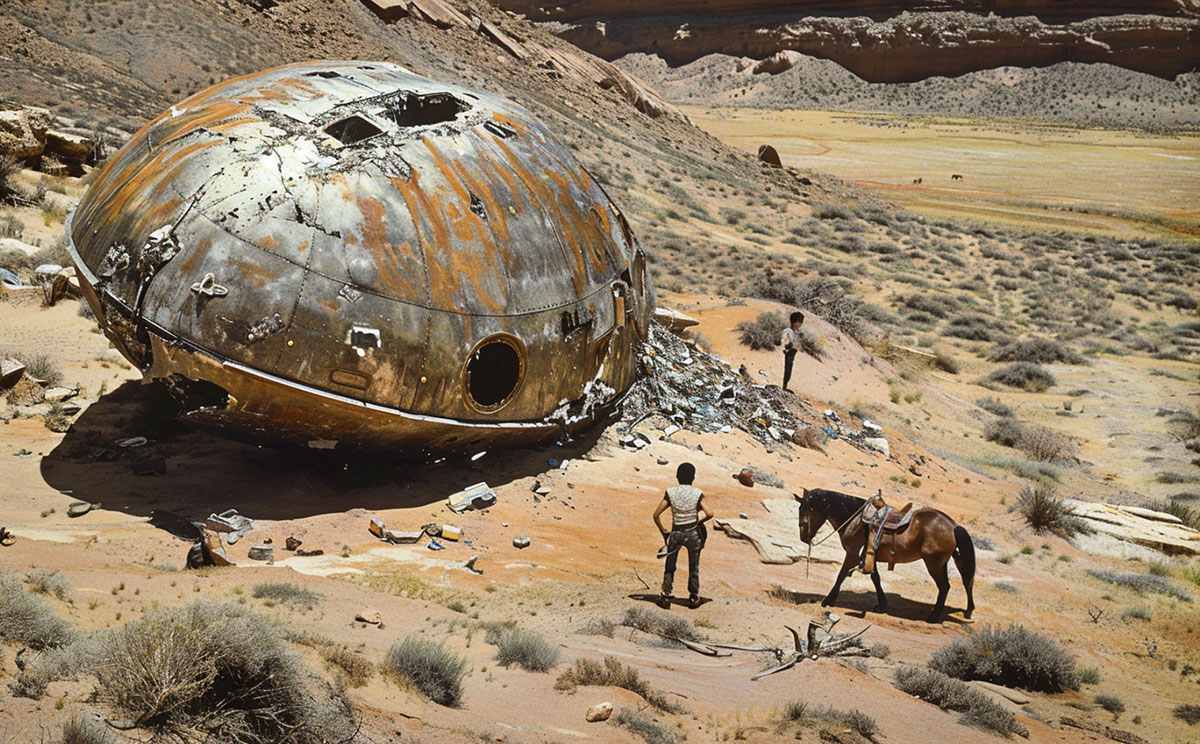...well, maybe.
Something happened near Trinity New Mexico in 1945. I enjoyed this book on first reading even though I noticed several mistakes in the texts and facts. (For instance, the story of the Army planting highly poisonous "Cockle spurs" on the crash site was erroneous as he meant Cocklebur. It is toxic but often sprouts in disturbed areas without prompting.)
Reading the book the second time I realized my admiration for Jacques Vallée may be tested. I believed he was digging up facts to build a strong case, which maybe he had. But Vallée has hints of one but not a concrete base by some accounts. He tells the story well, though repetitiously and the story seems like it could be as "real" as Roswell. I was also disappointed that Vallée clung to the metallic thing that Padilla offered as physical proof of nothing unearthly
Critics may be right witnesses may be gold diggers. But to debunkers, a chicken leg to them is a bovine femur. Many of the "lies" and embellishments attributed to Baca and Padilla were nothing which doesn't happen to most people in time (50+ years), details may get lost, confused, conflated, or created.
The overall story may well be true, something was found. As for golddiggers, nowhere have I read hoaxers Baca and Padilla got rich out of this and looked for compensation as a side benefit. They did hit gold in being called crazy, though.
One observation related by Baca and Padilla was how the aliens moved, they seemed to float, and eye contact made instantly had strong mental effects. Those attributions to the aliens are not widely known. Another is, that the Army spent a large amount of time and energy on the "crash" site which needs to be explained.
Critics also say Vallée and co-author Harris were so flustered with not having adequate defense for the "errors" in the story which contradict the the whole lot as to make both non-responsive. Wiki addresses this in the
Critisms and Responses section at the link:

en.wikipedia.org





